Zero Based Media Planning
Three weeks ago, I witnessed a fascinating discussion between Marcus, a seasoned media planner at a Fortune 500 company, and his newly appointed CMO during their quarterly budget review. The CMO challenged every line item in their media plan, asking why they continued investing in channels that had delivered mediocre results for the past two years. Marcus found himself unable to justify several significant budget allocations beyond stating they had always been part of their annual plan. This uncomfortable moment sparked a complete overhaul of their planning approach, transitioning from incremental budgeting to zero-based media planning. The transformation that followed not only improved their ROI by 34% but fundamentally changed how their organization approached media investment decisions.
Zero-based media planning represents a paradigm shift from traditional incremental budgeting approaches that build upon previous year allocations. Instead of starting with existing budget distributions and making marginal adjustments, zero-based planning requires marketers to justify every media investment from ground zero, based on current market conditions, business objectives, and performance potential.
This methodology has gained significant traction as digital transformation accelerates and consumer behaviors shift rapidly. McKinsey research indicates that companies implementing zero-based planning approaches achieve 15-25% cost reductions while simultaneously improving marketing effectiveness. The approach forces organizations to eliminate legacy spending patterns that no longer serve strategic objectives, reallocating resources toward higher-impact opportunities.
1. Start from Scratch Not Last Year's Plan
The fundamental principle of zero-based media planning involves completely reimagining media strategy without constraints from historical spending patterns. This approach requires marketers to build media plans from first principles, starting with current business objectives and market conditions rather than previous allocations.
Traditional media planning often falls into the trap of path dependency, where historical spending patterns create artificial constraints on strategic thinking. Zero-based planning breaks these constraints by requiring planners to justify every investment decision based on current evidence rather than historical precedent.
The digital transformation has made zero-based planning both more necessary and more feasible. Rapid changes in consumer behavior, channel effectiveness, and competitive landscapes mean that historical spending patterns quickly become obsolete. Simultaneously, advanced analytics capabilities provide the data and insights necessary to build evidence-based plans from scratch.
Starting from scratch requires comprehensive situation analysis that examines current market conditions, competitive positioning, consumer behavior patterns, and channel performance dynamics. This analysis forms the foundation for objective-driven media strategy development that aligns investments with actual business needs rather than institutional momentum.
Modern zero-based planning leverages artificial intelligence and machine learning to process vast amounts of market data and identify optimal media mix compositions. These technologies can analyze thousands of variables simultaneously to recommend media allocations that maximize objective achievement while minimizing waste from ineffective historical spending patterns.
The process begins with clean-slate objective setting that defines specific, measurable outcomes without reference to previous campaigns or budgets. This approach enables genuine strategic thinking unconstrained by legacy assumptions about channel effectiveness or audience preferences.
2. Justify Every Rupee Based on Impact
Zero-based media planning demands rigorous justification for every investment based on demonstrable impact potential. This requirement transforms media planning from intuition-driven allocation toward evidence-based investment decisions that can withstand scrutiny and optimization.
Impact justification requires sophisticated measurement frameworks that can predict and track outcomes across multiple dimensions including immediate conversion effects, brand awareness contributions, customer lifetime value impacts, and competitive positioning improvements. Each media investment must demonstrate clear causal relationships between spending and desired outcomes.
The rise of advanced attribution modeling has made impact-based justification more precise and actionable. Modern attribution systems can isolate the specific contribution of individual media touchpoints to business outcomes, enabling planners to justify investments based on marginal contribution analysis rather than broad channel assumptions.
Digital transformation has expanded the definition of media impact beyond immediate sales conversion to include customer acquisition cost, retention rate improvements, brand equity development, and market share protection. Zero-based planning requires explicit modeling of these diverse impact dimensions to ensure comprehensive investment justification.
Machine learning algorithms now enable predictive impact modeling that can forecast the likely outcomes of different media investment scenarios. These systems analyze historical performance data, market conditions, and competitive dynamics to generate evidence-based projections that support investment justification requirements.
The justification process must account for both direct and indirect impact contributions, recognizing that media investments often work synergistically across channels and time periods. Advanced marketing mix modeling techniques enable planners to quantify these complex interaction effects and justify investments based on total incremental impact rather than isolated channel performance.
3. Encourages Innovation and Focus
Zero-based media planning naturally promotes innovation by removing institutional barriers to new channel exploration and experimental approaches. When planners must justify every investment from scratch, they become more open to testing innovative channels and strategies that might deliver superior results.
The freedom from historical constraints enables planners to allocate resources toward emerging channels and experimental approaches that may offer competitive advantages. This innovation orientation is particularly valuable in rapidly evolving digital landscapes where new opportunities emerge continuously.
Focus enhancement occurs because zero-based planning forces prioritization decisions based on objective impact potential rather than organizational politics or historical precedent. This process naturally concentrates resources on highest-impact opportunities while eliminating wasteful spending on underperforming legacy channels.
Innovation encouragement extends beyond channel selection to creative approaches, audience targeting strategies, and measurement methodologies. Zero-based planning creates space for experimentation with new creative formats, advanced targeting techniques, and sophisticated measurement approaches that might not have been considered under incremental planning constraints.
The digital era has accelerated innovation opportunities in media planning through the emergence of programmatic advertising, artificial intelligence optimization, augmented reality experiences, and sophisticated personalization capabilities. Zero-based planning enables organizations to evaluate and adopt these innovations based on merit rather than institutional resistance to change.
Focus development occurs through rigorous objective alignment that ensures all media investments directly contribute to specific business outcomes. This alignment eliminates scattered approaches that dilute impact across too many channels or audiences, concentrating resources for maximum effectiveness.
Case Study: Unilever Global Zero Based Media Transformation
Unilever implemented comprehensive zero-based media planning across their global operations in 2019, fundamentally transforming how they approached media investment decisions. Facing pressure from activist investors and declining market share in key categories, Unilever needed to prove that every media dollar was delivering maximum possible impact.
The transformation began with clean-slate analysis of all media investments across 190 countries and over 400 brands. Rather than building from previous year budgets, Unilever required each market to justify media allocations based on current consumer insights, competitive dynamics, and business objectives. This process revealed that approximately 35% of their media spending was continuing due to historical momentum rather than performance evidence.
Unilever developed sophisticated impact measurement frameworks that combined econometric modeling with granular digital analytics to quantify the contribution of every media touchpoint to business outcomes. This system enabled them to shift resources from underperforming traditional channels toward high-impact digital and emerging media opportunities.
The zero-based approach enabled Unilever to increase their digital media allocation from 45% to 68% of total spending while simultaneously reducing overall media costs by 18%. This reallocation contributed to 12% improvement in marketing ROI and 7% increase in market share across key categories.
The implementation included innovation components that allocated 15% of media budgets to experimental channels and approaches that would not have been possible under incremental planning constraints. These experiments identified several breakthrough opportunities including voice-activated advertising and augmented reality product demonstrations that became core components of their media strategy.
Conclusion
Zero-based media planning represents a fundamental evolution in strategic media management that aligns resource allocation with current realities rather than historical patterns. As digital transformation accelerates and consumer behaviors continue shifting rapidly, the ability to build media strategies from first principles becomes increasingly critical for competitive success.
The methodology requires sophisticated analytical capabilities and organizational commitment to evidence-based decision making, but organizations that successfully implement zero-based approaches achieve superior performance through elimination of wasteful legacy spending and optimization of resource allocation toward highest-impact opportunities.
Future media planning will increasingly rely on zero-based principles as artificial intelligence and machine learning capabilities make comprehensive plan rebuilding more feasible and market conditions continue evolving at accelerated rates.
Call to Action
Media planning leaders should immediately begin transitioning toward zero-based planning methodologies by developing comprehensive impact measurement frameworks and challenging all existing budget allocations. Invest in advanced analytics capabilities that enable objective performance assessment across all channels and touchpoints. Build organizational capabilities that support evidence-based decision making over institutional momentum. Most importantly, embrace the discomfort of starting from scratch as a catalyst for strategic innovation and performance improvement.
Featured Blogs
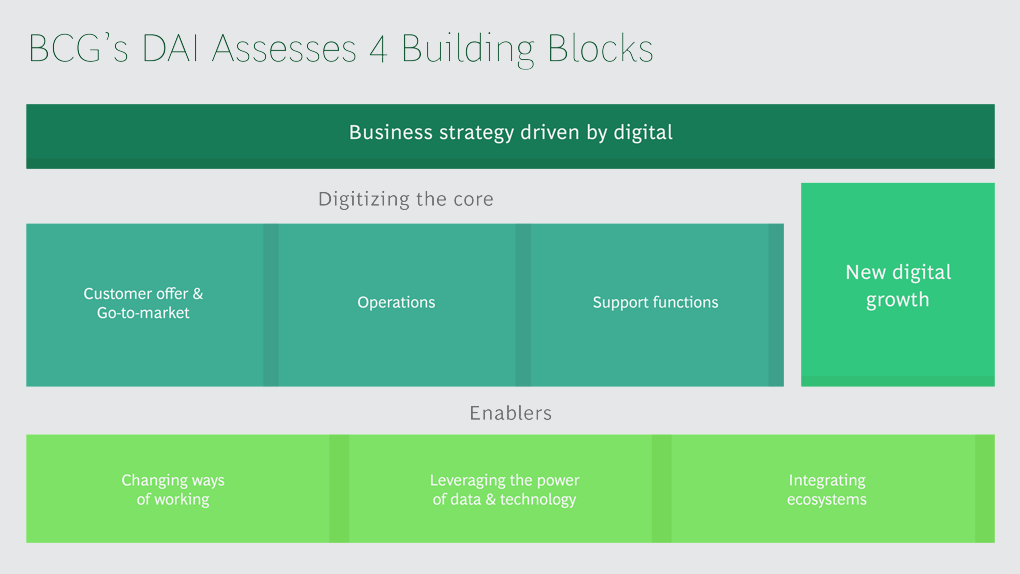
BCG Digital Acceleration Index
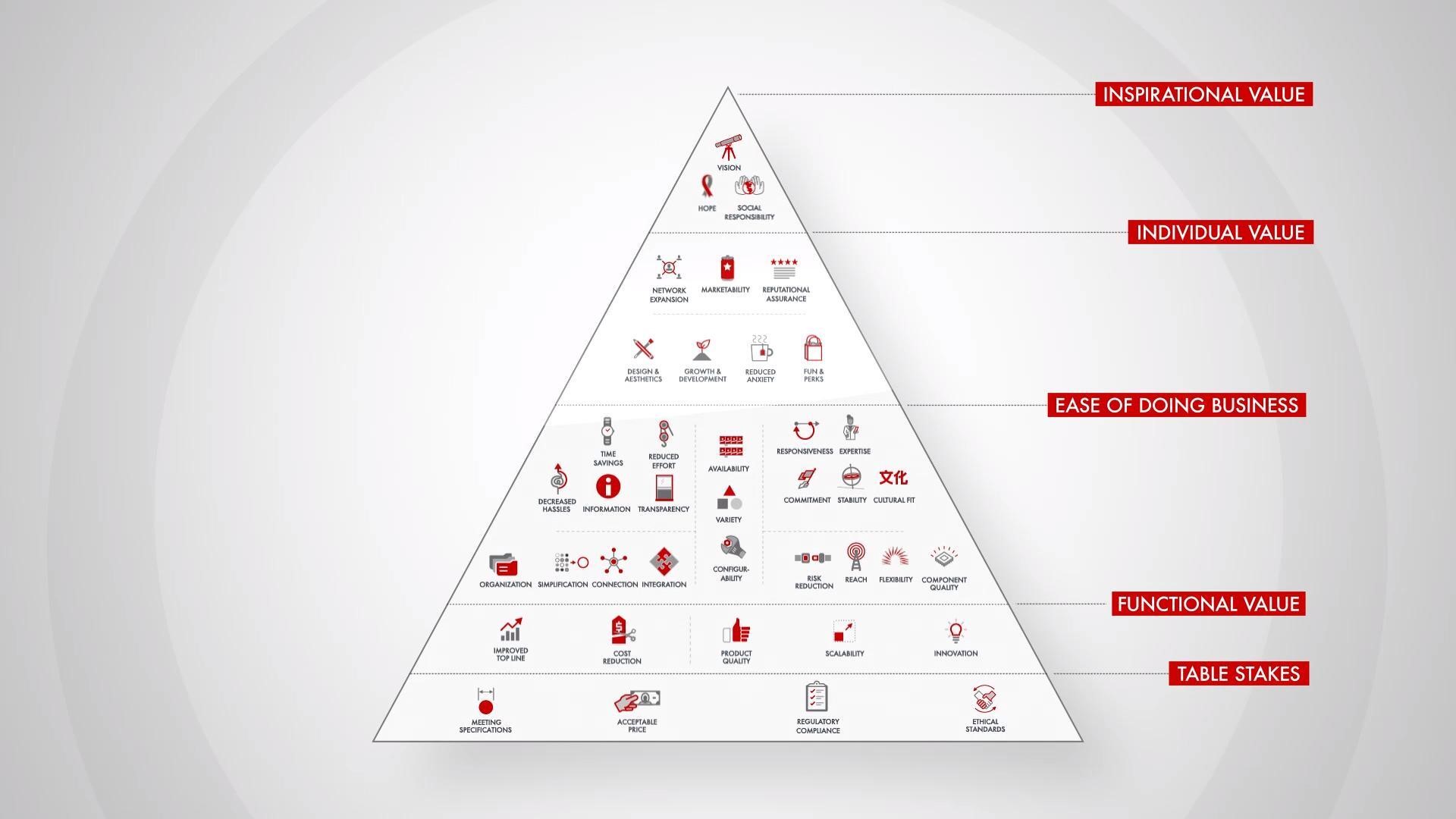
Bain’s Elements of Value Framework
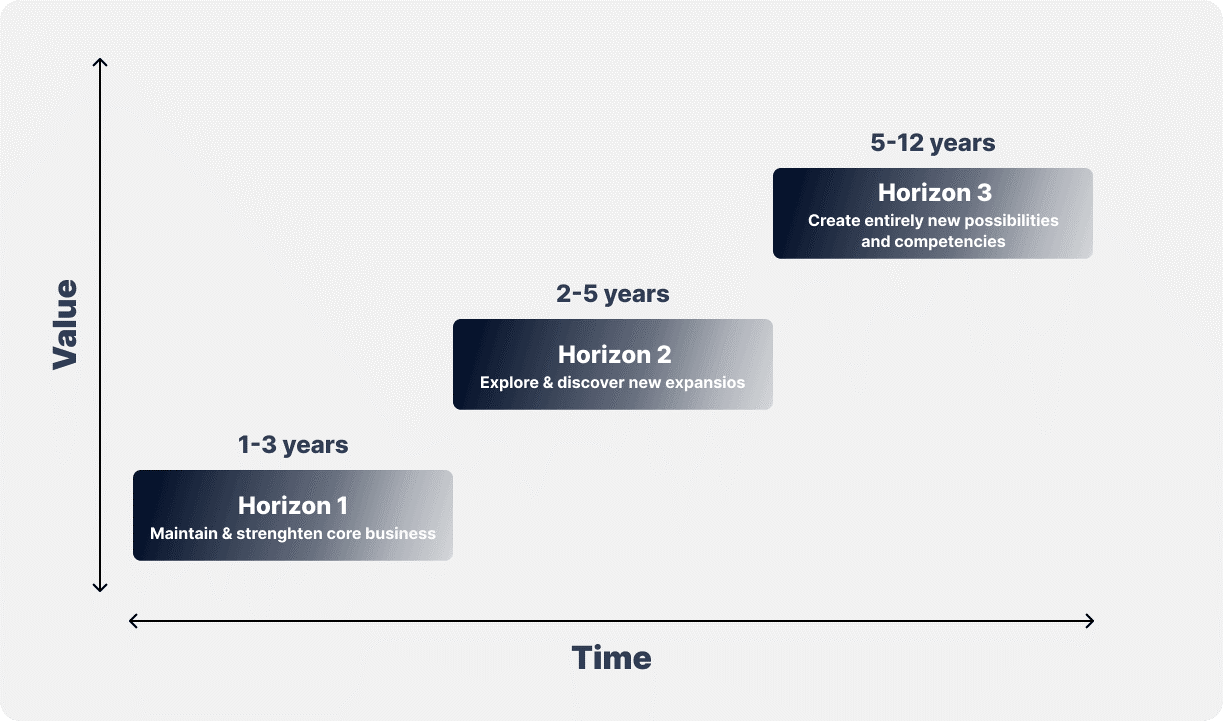
McKinsey Growth Pyramid
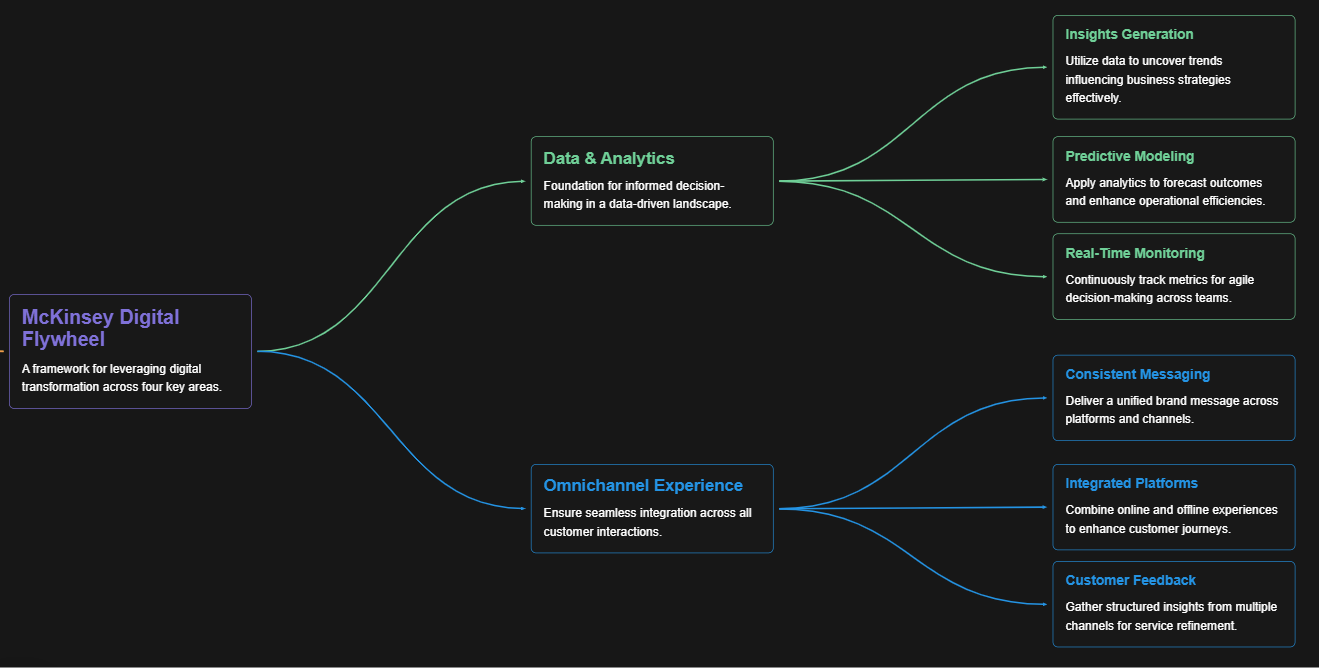
McKinsey Digital Flywheel
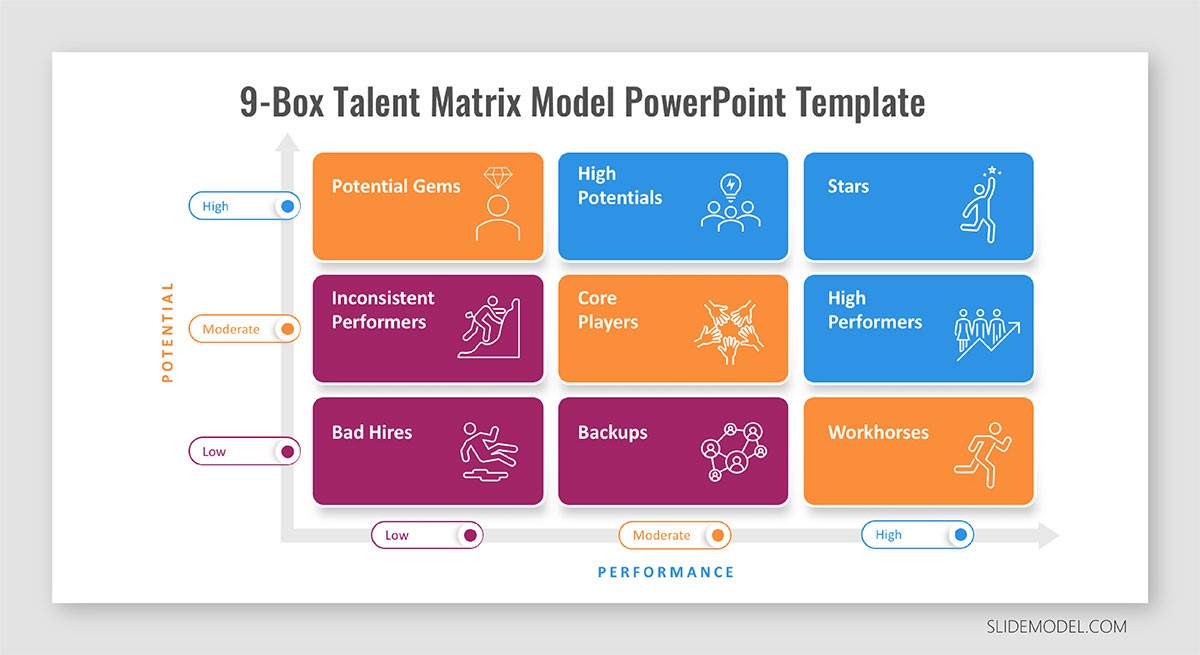
McKinsey 9-Box Talent Matrix
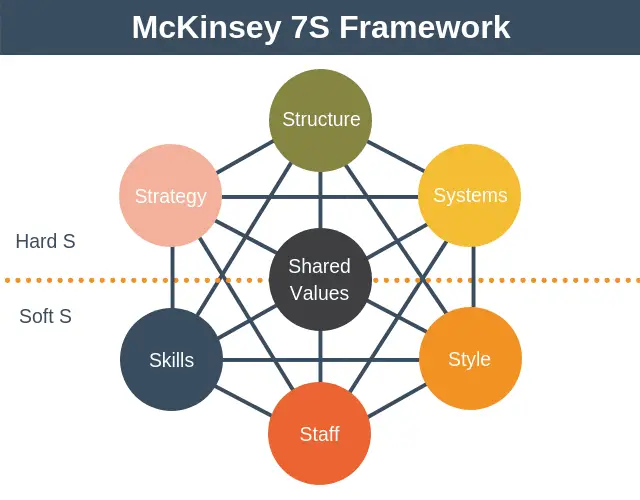
McKinsey 7S Framework
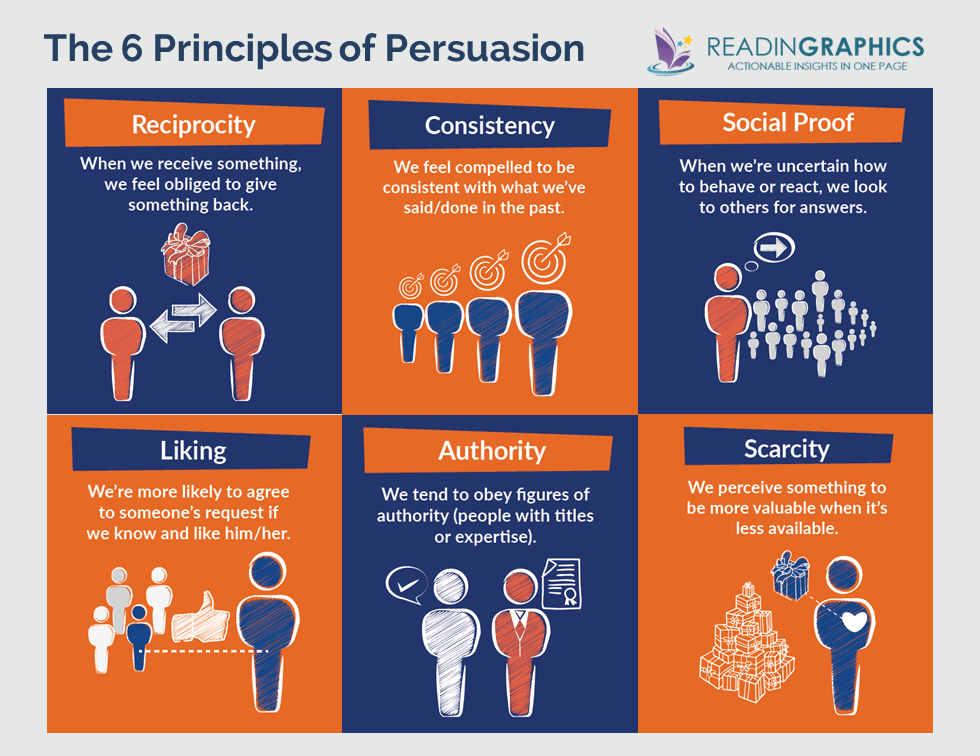
The Psychology of Persuasion in Marketing
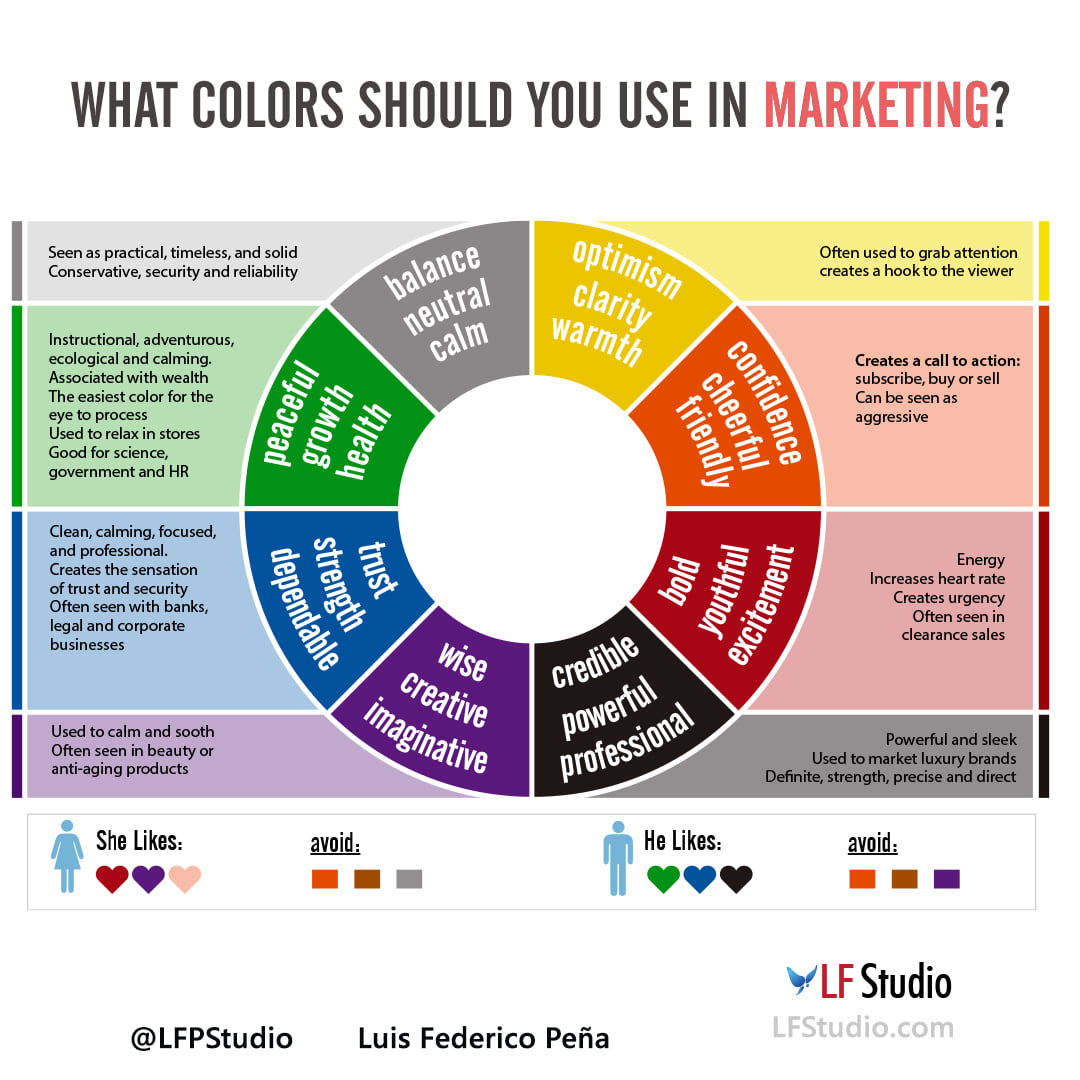
The Influence of Colors on Branding and Marketing Psychology








